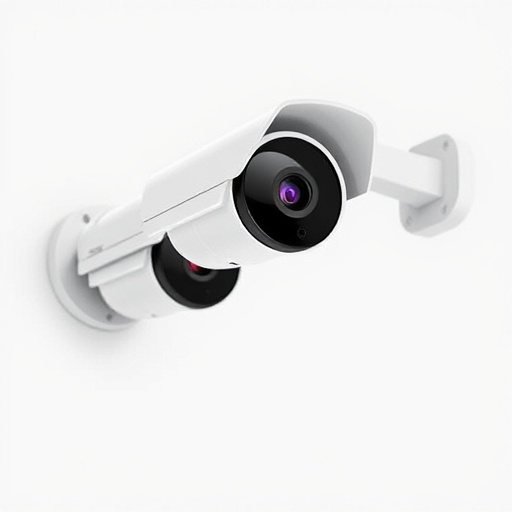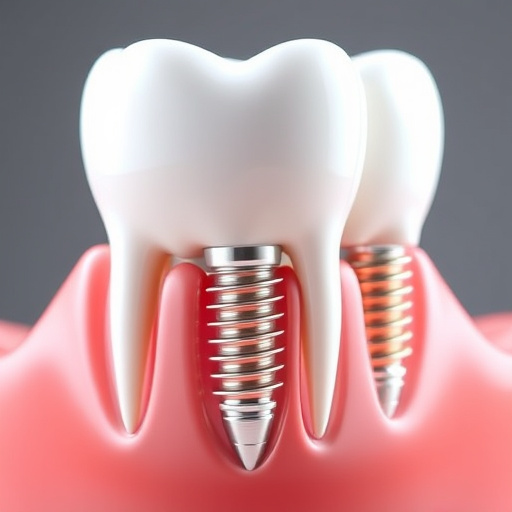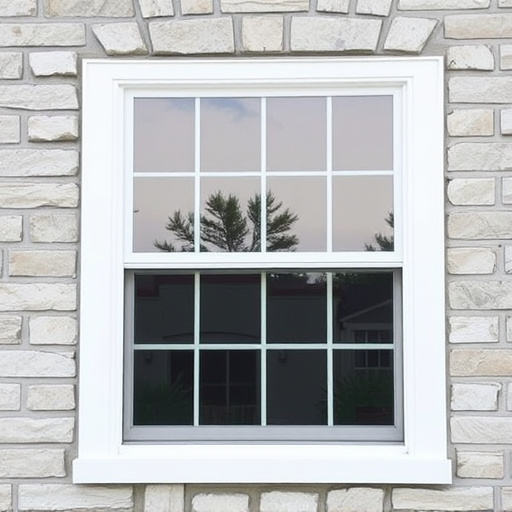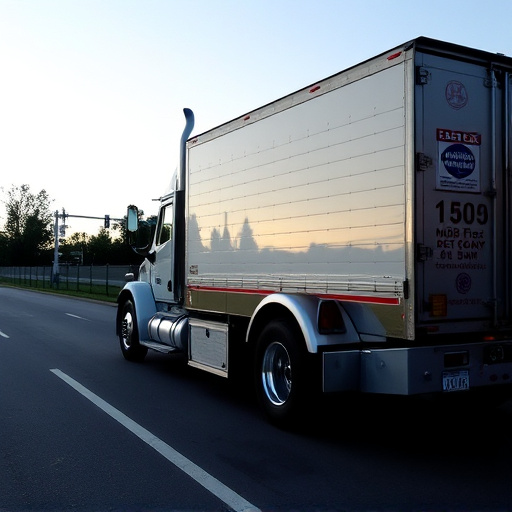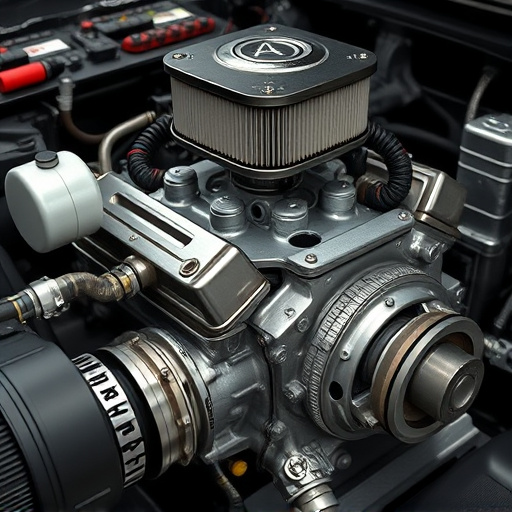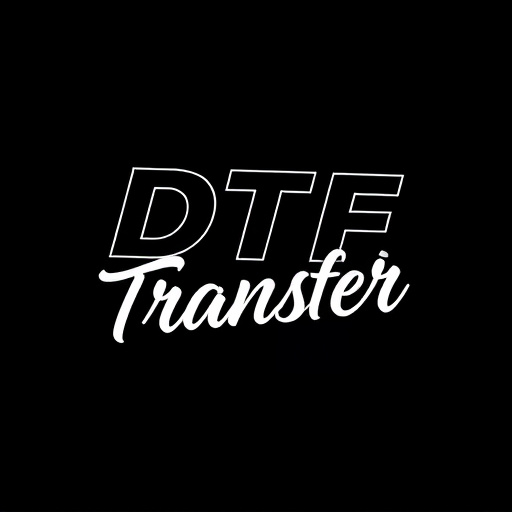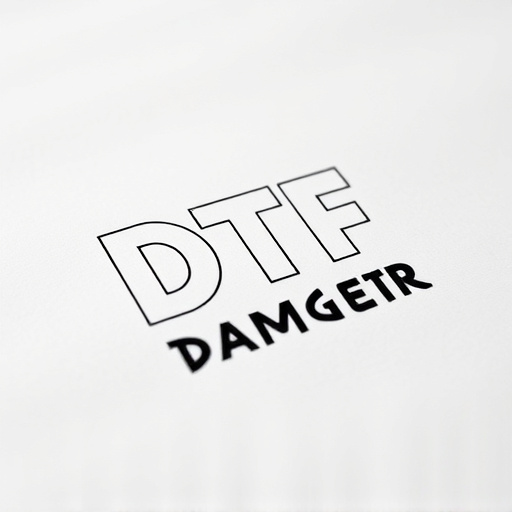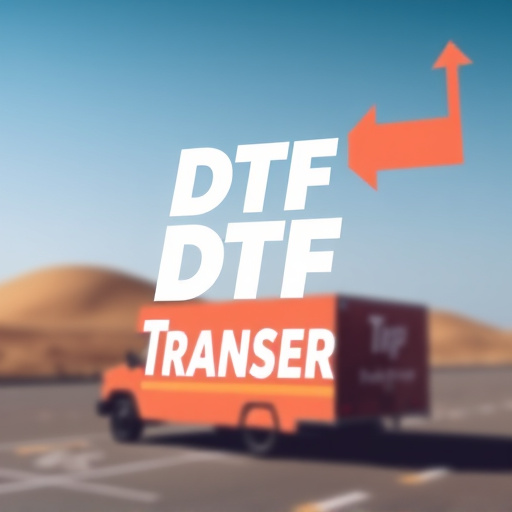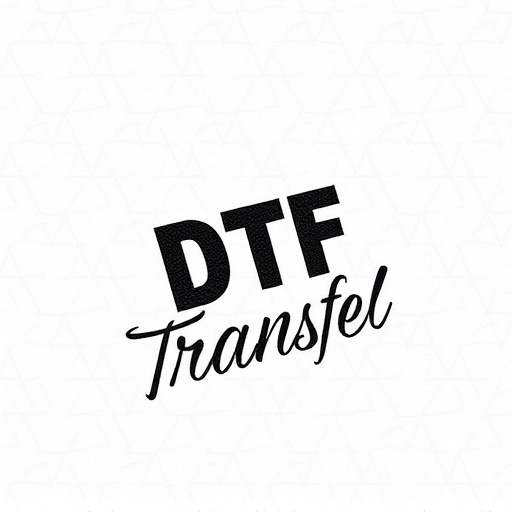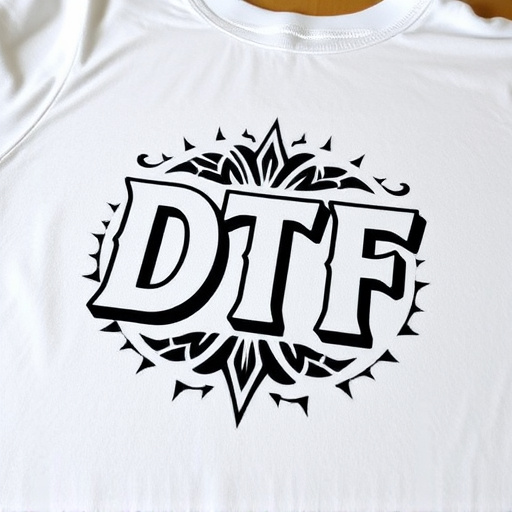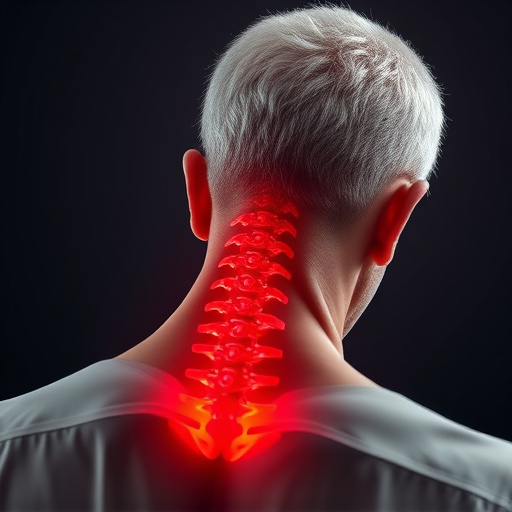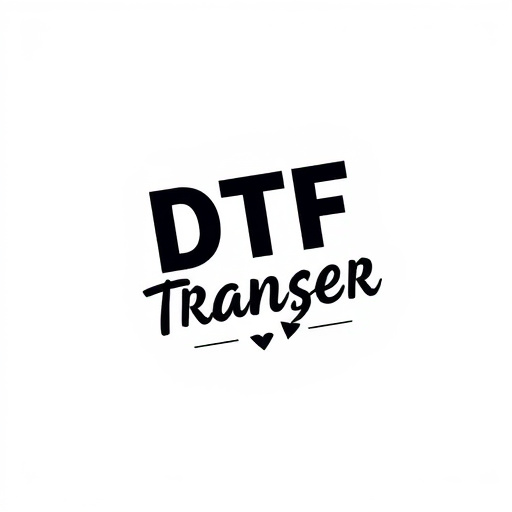Direct-to-Film (DTF) transfers are an advanced printing technique offering exceptional quality and flexibility for creating custom designs on diverse surfaces. Compared to traditional methods, DTF provides seamless reproduction of complex designs, faster production, durability against fading, and longevity suitable for outdoor use. It's particularly effective for fabrics, signage, and product branding, with benefits like maintaining color accuracy and vibrancy. While Heat Transfer Vinyl (HTV) offers versatility and cost-effectiveness, DTF transfers stand out for their superior detail, color accuracy, and environmental sustainability. The choice between them depends on project needs, surface type, intended use, and aesthetic requirements.
In the realm of custom printing, Direct-to-Film (DTF) transfers and Heat Transfer Vinyl (HTV) have long been the go-to methods. This article delves into the contrasting worlds of DTF transfers and HTV, offering a comprehensive overview for informed decision making. We explore DTF’s innovative benefits and applications, its advantages over traditional HTV, and vice versa. By comparing quality, environmental impact, and project considerations, this guide equips you to choose the best print method tailored to your unique needs.
- Understanding Direct-to-Film (DTF) Transfers: A Comprehensive Overview
- Heat Transfer Vinyl: The Traditional Method and Its Advantages
- Unlocking the Potential of DTF Printing: Benefits and Applications
- Comparing Quality: DTF vs Heat Transfer Vinyl Prints
- Environmental Impact: Sustainable Choices in DTF and Heat Transfer Vinyl
- Choosing the Right Method: Considerations for Your Project
Understanding Direct-to-Film (DTF) Transfers: A Comprehensive Overview
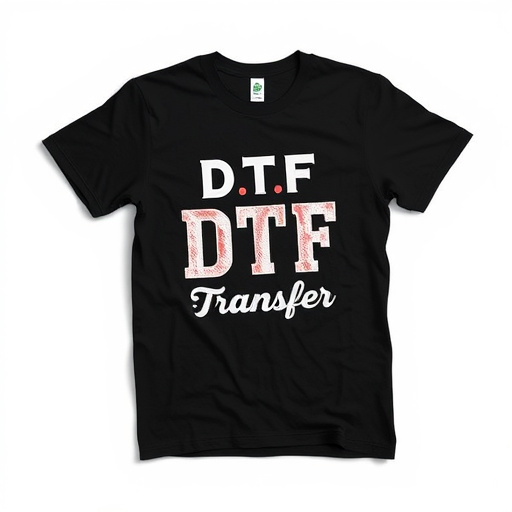
Direct-to-Film (DTF) transfers are a cutting-edge printing method that offers unparalleled quality and versatility for creating custom designs on various surfaces. This innovative process involves applying ink directly onto film, which is then transferred onto the desired material through heat and pressure. DTF Printing has gained immense popularity due to its ability to produce vibrant, high-resolution prints on a wide range of materials, from fabrics to wood and metal. One of the key advantages of DTF Transfers is their exceptional color accuracy, ensuring that designs maintain their original vibrancy and detail during the transfer process.
DTF offers several benefits over traditional printing methods. It allows for complex designs with fine details and gradients to be reproduced flawlessly. The direct application to film eliminates the need for intermediate steps, streamlining the production process. Additionally, DTF prints are durable and resistant to fading, making them suitable for outdoor applications and long-lasting products. This technology is widely used in various industries, including apparel, signage, and product branding, revolutionizing how businesses create and apply custom graphics.
Heat Transfer Vinyl: The Traditional Method and Its Advantages

Heat Transfer Vinyl (HTV) has been the traditional method for applying graphics and designs to various surfaces for decades. This process involves using a special heat press machine to transfer vinyl with printed designs onto fabric, plastic, or other materials. The main advantages of DTF transfer lie in its versatility and cost-effectiveness. It allows for detailed and high-resolution prints, making it ideal for creating custom t-shirts, caps, bags, and more. Additionally, the direct-to-garment (DTF) printing method offers a wide range of color options and can produce vibrant, long-lasting DTf prints that withstand frequent washing.
Compared to other methods, DTF offers several benefits. It is faster than screen printing for small to medium-sized orders, as it doesn’t require setting up individual screens for each design. Moreover, it’s less messy, as there’s no need for ink or chemicals. This traditional approach is popular among businesses and individuals alike due to its simplicity, efficiency, and ability to produce high-quality DTf transfers that enhance various products with custom artwork, logos, or text.
Unlocking the Potential of DTF Printing: Benefits and Applications
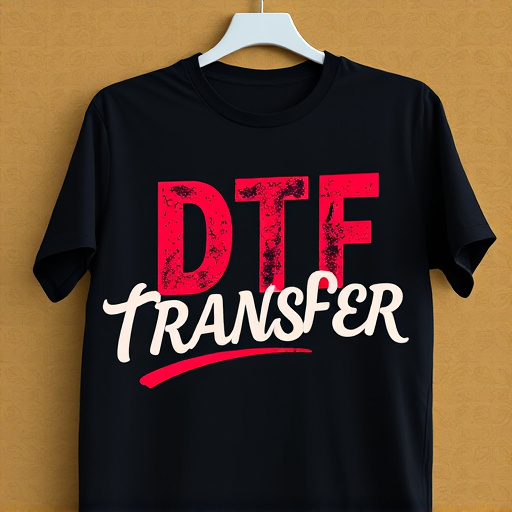
Direct-to-film (DTF) printing is a game-changer in the world of customization and personalisation. Unlocking its potential offers a myriad of benefits, especially when compared to traditional heat transfer vinyl methods. DTF allows for direct application of designs onto various materials, such as fabric, plastic, and even metal, without the need for intermediate layers. This not only streamlines the production process but also enhances the final product’s quality.
One of the key advantages is its versatility in applications. From creating custom apparel to designing intricate patterns on accessories, DTF Printing enables precise, detailed, and vibrant DTF prints. It facilitates quick turnaround times, making it ideal for small-batch production or even one-off, bespoke pieces. Moreover, the technology supports a wide range of print formats, ensuring that complex designs can be brought to life with ease.
Comparing Quality: DTF vs Heat Transfer Vinyl Prints

When comparing the quality of direct-to-film (DTF) transfers versus heat transfer vinyl prints, several key differences emerge. DTF printing offers a superior level of detail and color accuracy due to its ability to bond directly with various surfaces, eliminating the need for an intermediate layer. This results in prints that are both vibrant and long-lasting, making them ideal for high-quality applications like custom apparel and promotional products.
In contrast, heat transfer vinyl (HTV) prints, while still highly popular, can sometimes exhibit slightly lower detail levels and color saturation. The process involves transferring the design onto a vinyl sheet, which is then heated to fuse it onto the final substrate. While this method is cost-effective and versatile, especially for mass production runs, it may not match the crispness and vibrancy of DTF prints, particularly when dealing with intricate designs or complex color palettes.
Environmental Impact: Sustainable Choices in DTF and Heat Transfer Vinyl

In the realm of printing and manufacturing, both direct-to-film (DTF) transfers and heat transfer vinyl offer unique approaches to creating custom designs. However, when considering the environmental impact, these two methods present distinct sustainable choices. DTF transfers, as a relatively newer technology, often promotes eco-friendly practices by reducing waste. This is achieved through precise printing directly onto film, eliminating excess material and ink wastage commonly associated with traditional printing methods. The film itself can be recycled or composted, contributing to a cleaner environment.
On the other hand, heat transfer vinyl (HTV) has its environmental considerations. While it offers excellent durability and a wide range of design possibilities, the production process involves more material usage. Vinyl sheets often require specific disposal methods to minimize ecological harm. However, with proper recycling initiatives, many companies are now adopting sustainable practices in the HTV industry, ensuring that the prints made from this method have a lower carbon footprint. Choosing between DTF transfers and HTV becomes a matter of personal preference and environmental consciousness, with both options contributing to a more sustainable future in their unique ways.
Choosing the Right Method: Considerations for Your Project
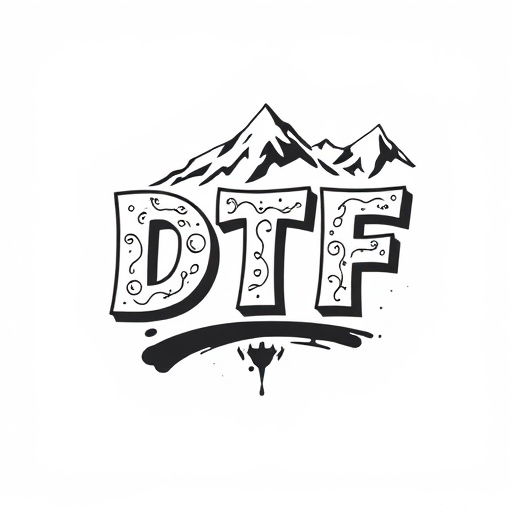
Choosing the right method for applying graphics to a surface depends on various factors specific to your project. Direct-to-film (DTF) transfers offer a straightforward, all-in-one solution for achieving high-quality prints. DTF Transfer technology allows for intricate designs with vibrant colors and precise details, making it ideal for applications requiring durability and longevity. This method is particularly suitable for projects involving smooth surfaces like glass, metal, or plastic, ensuring a professional finish.
On the other hand, heat transfer vinyl (HTV) provides versatility and flexibility. It’s an excellent choice when working with fabric, allowing designers to create custom apparel, accessories, and home decor items. While HTV might not match DTF’s durability on non-porous surfaces, it offers a range of materials and finishes to cater to diverse creative needs. Consider the surface, intended use, and aesthetic requirements to decide between DTF Printing or HTV—both with their unique advantages, ensuring you achieve the desired outcome for your project.
